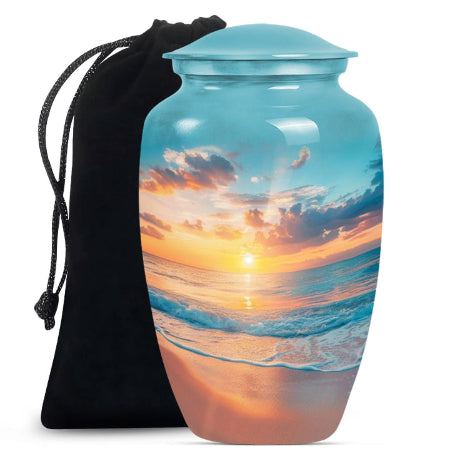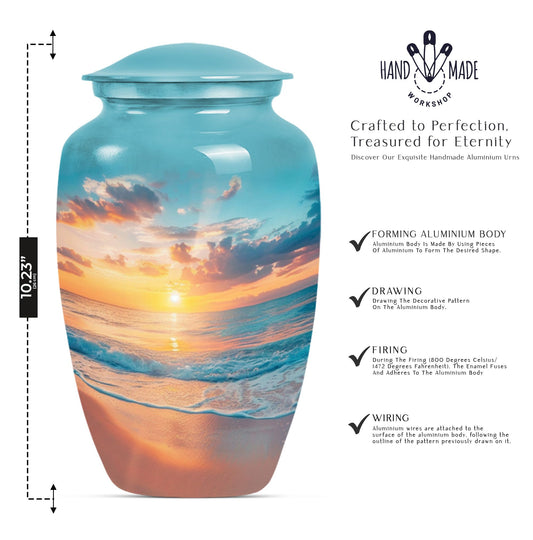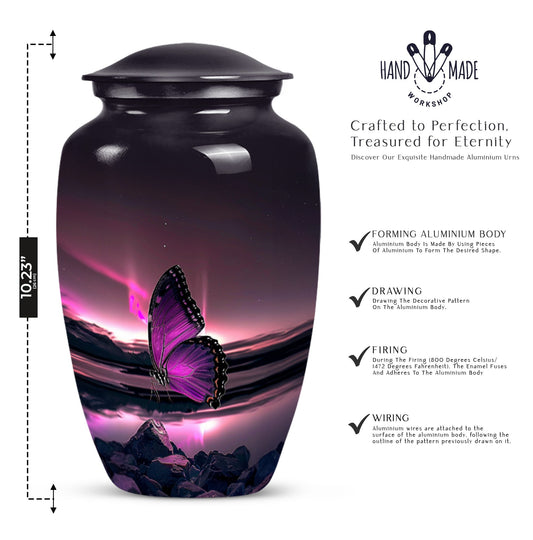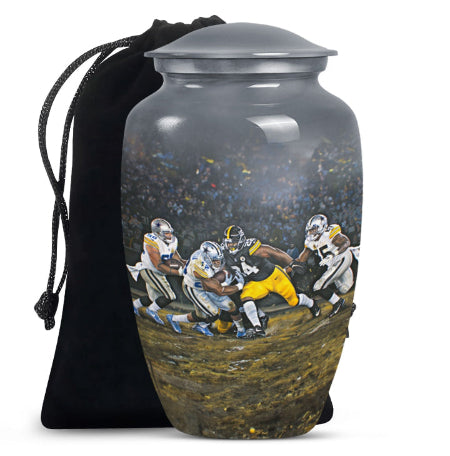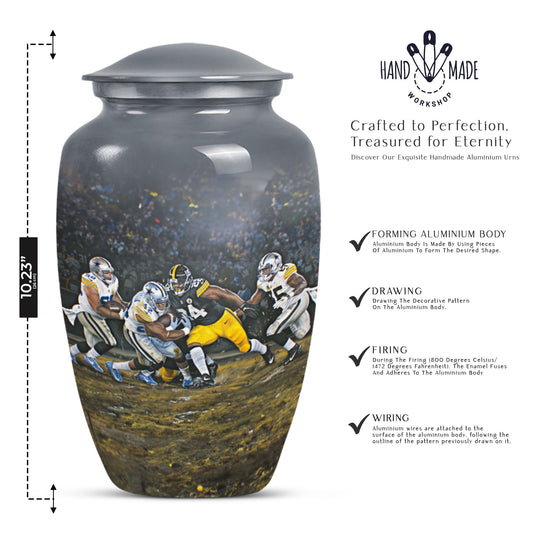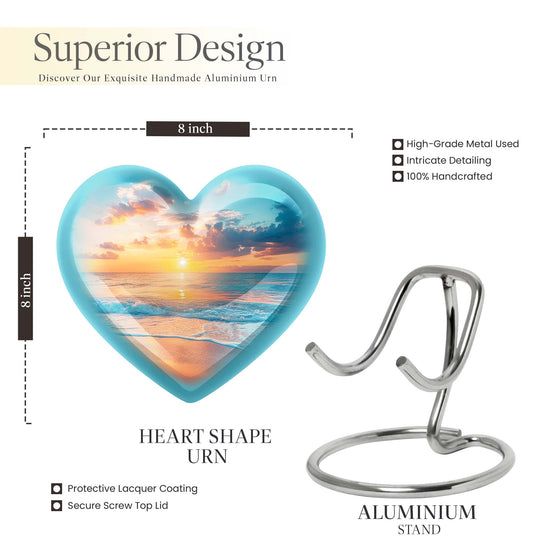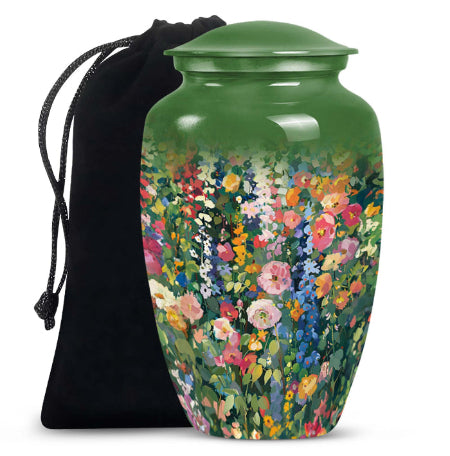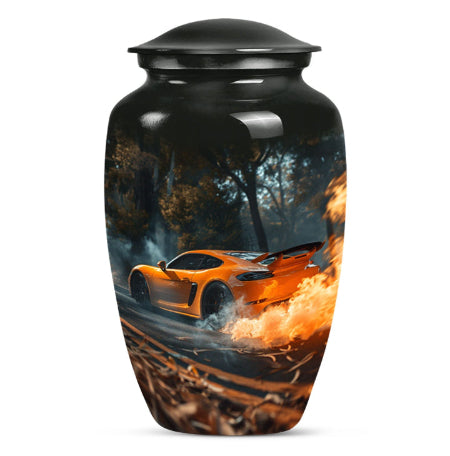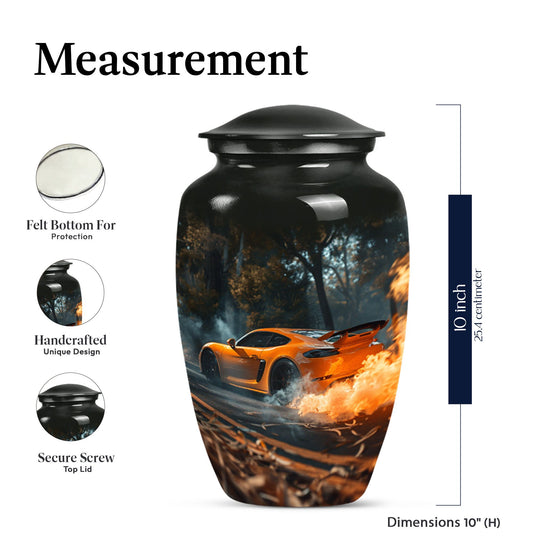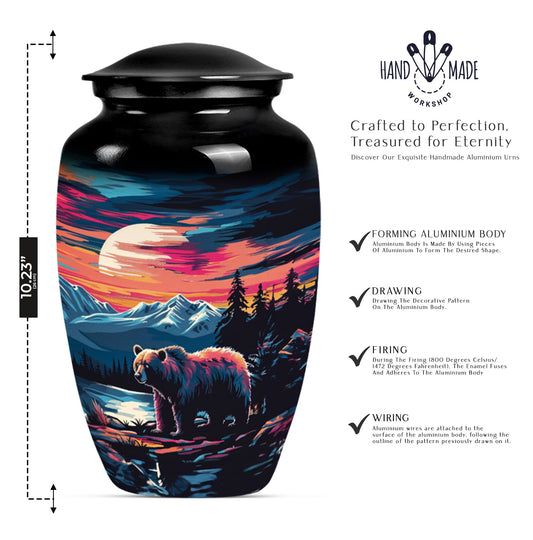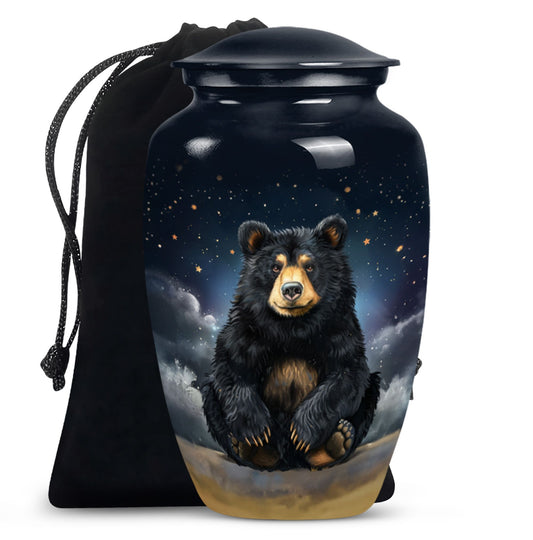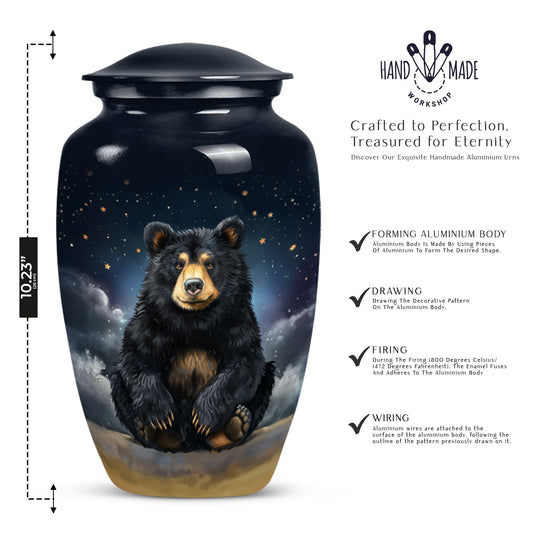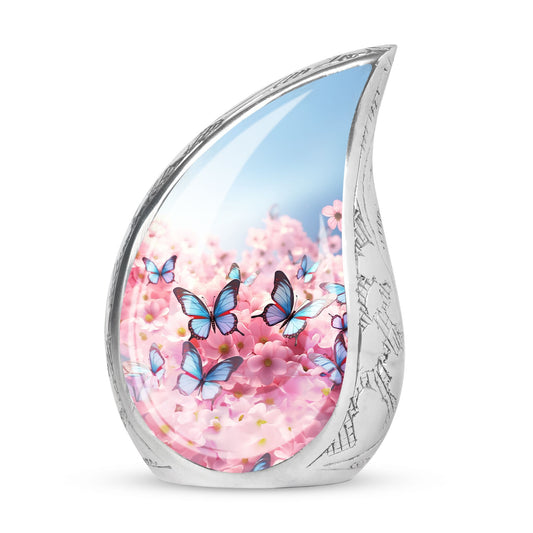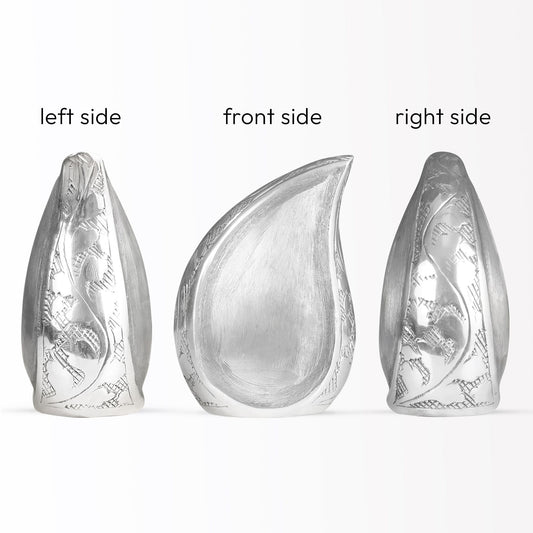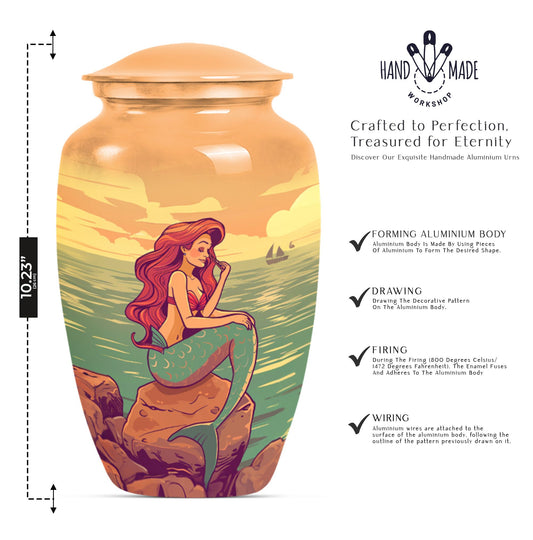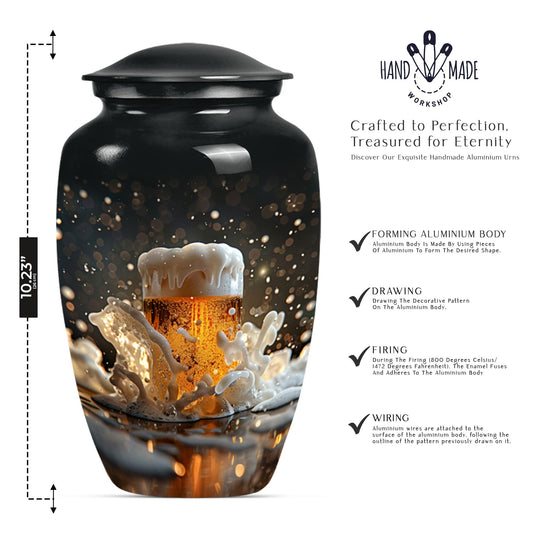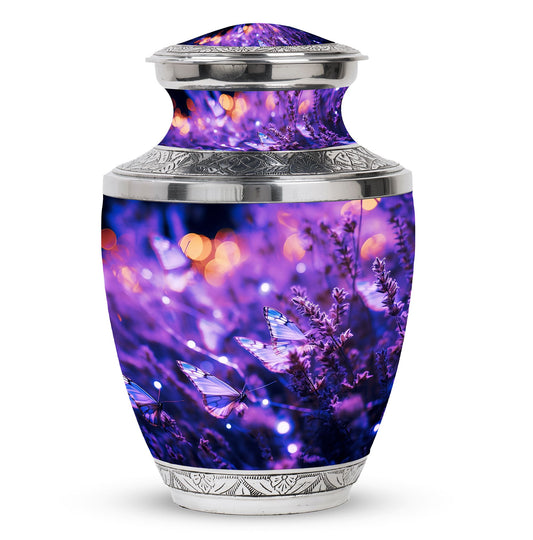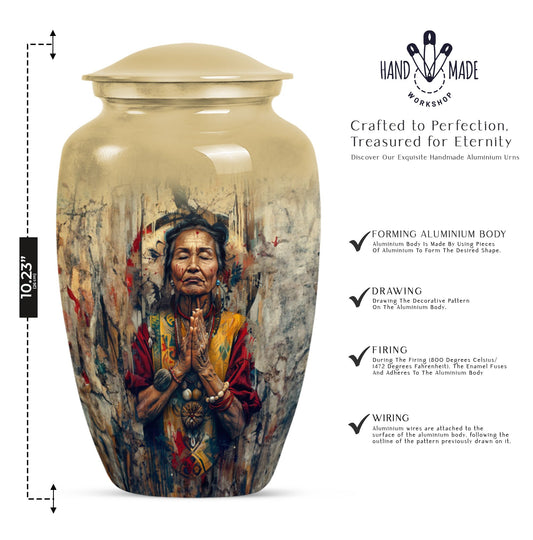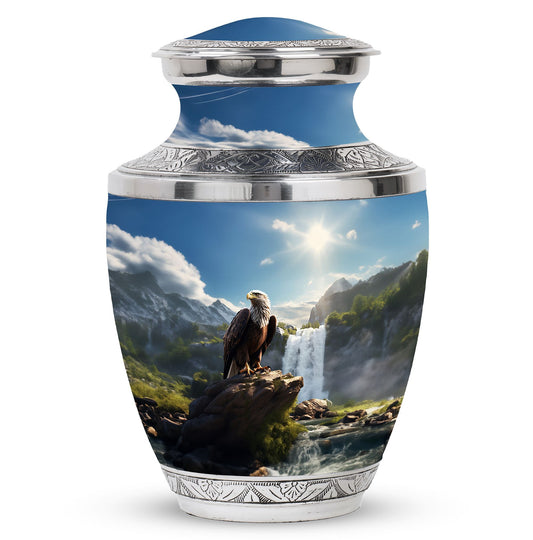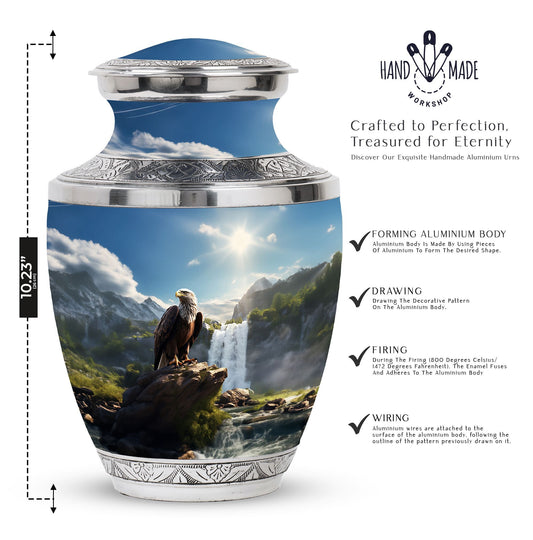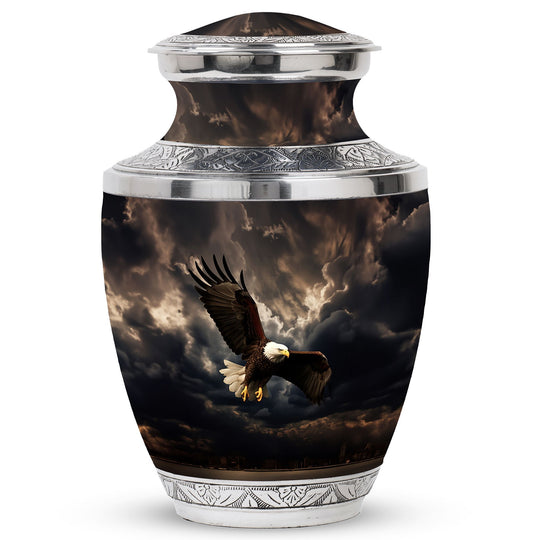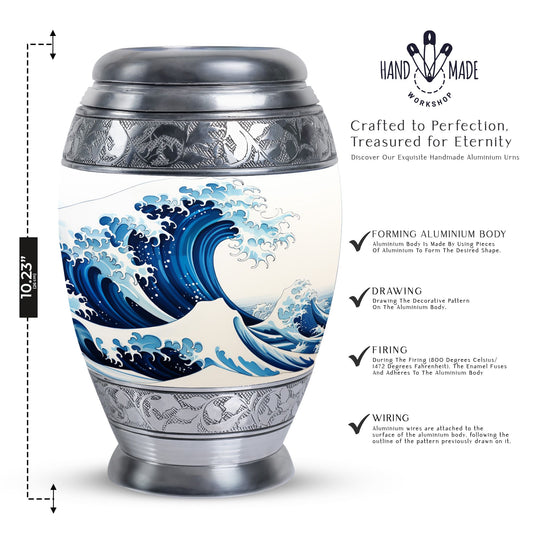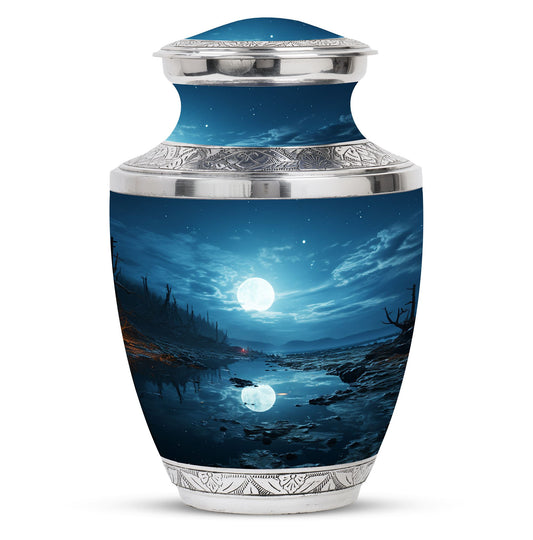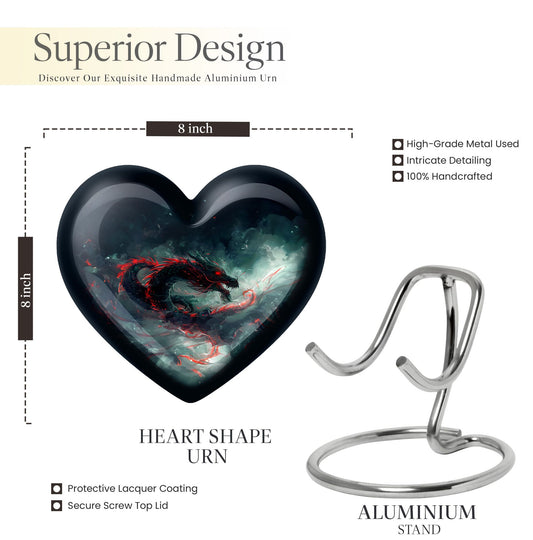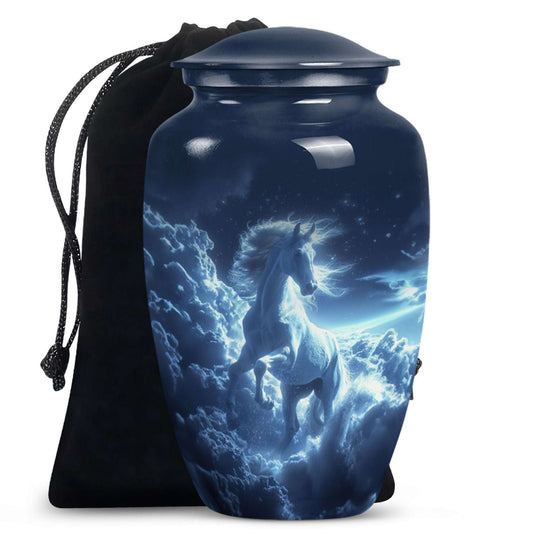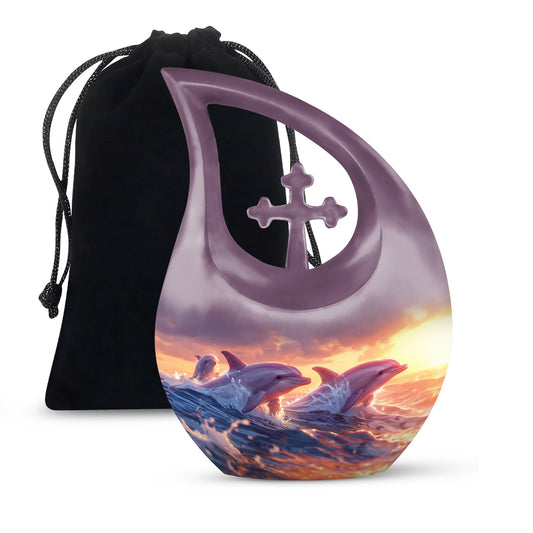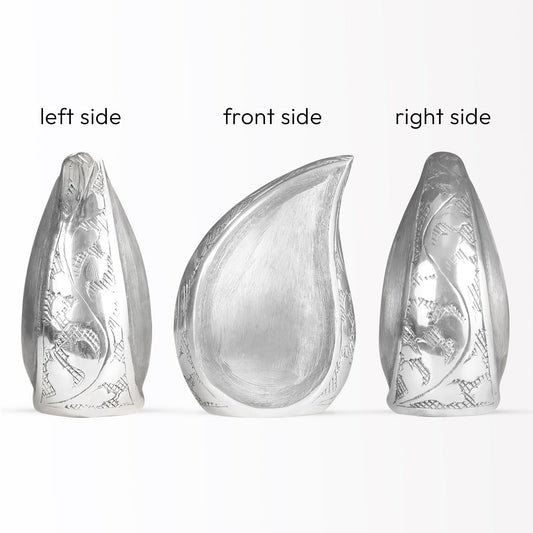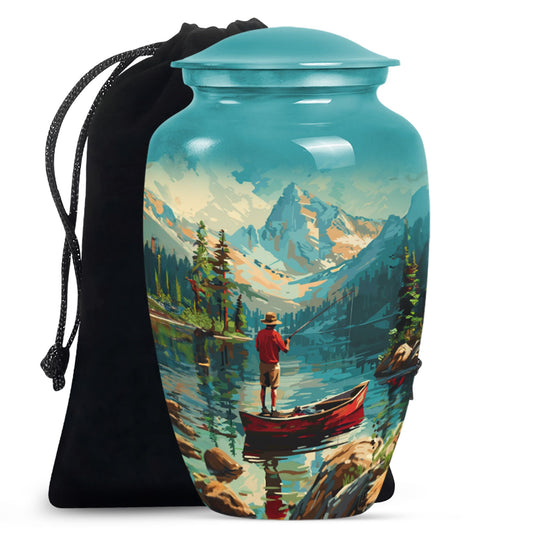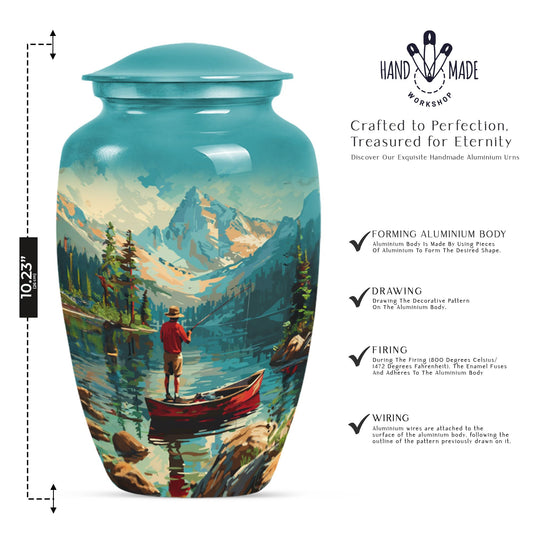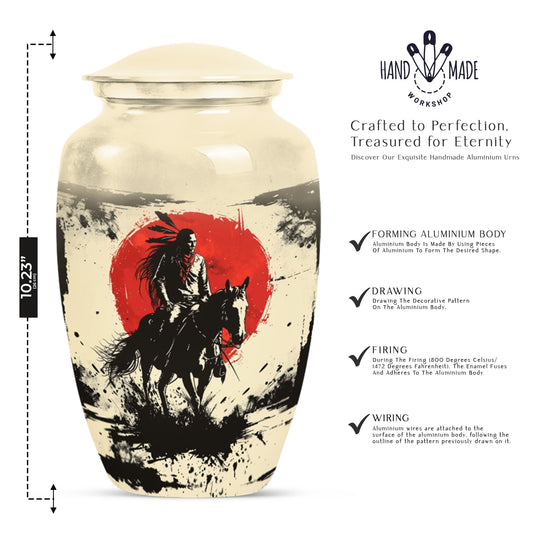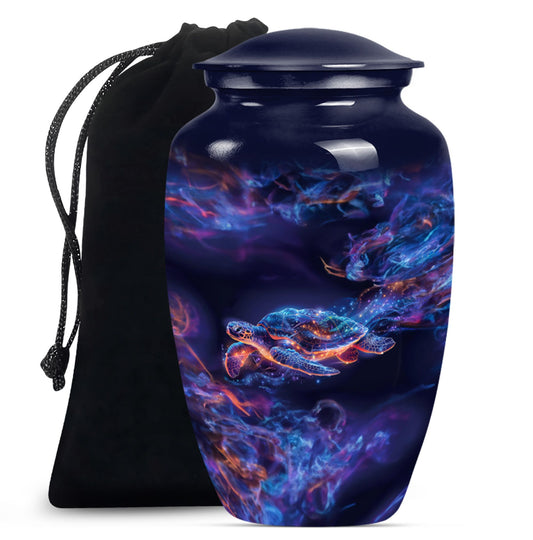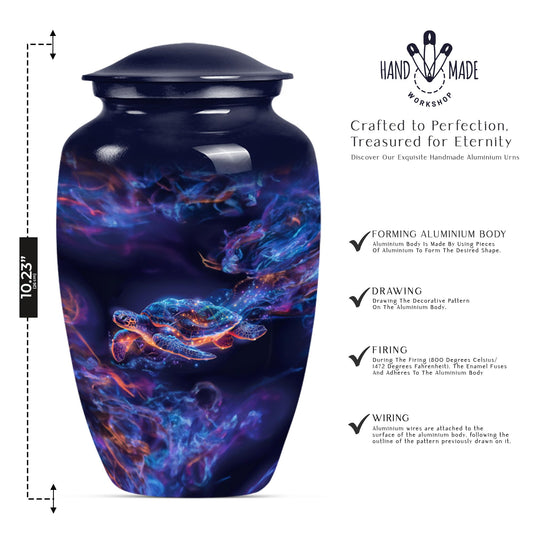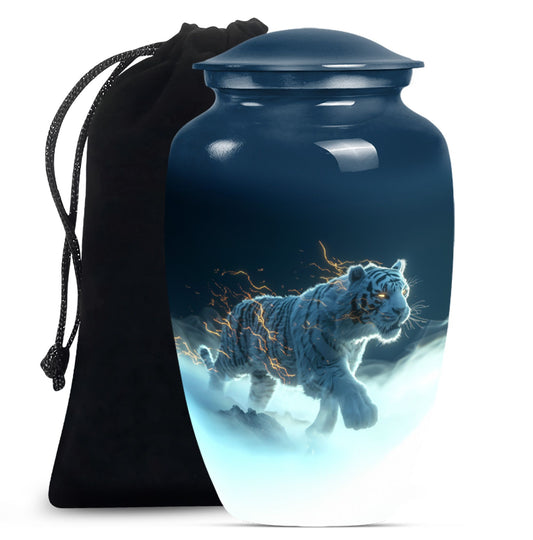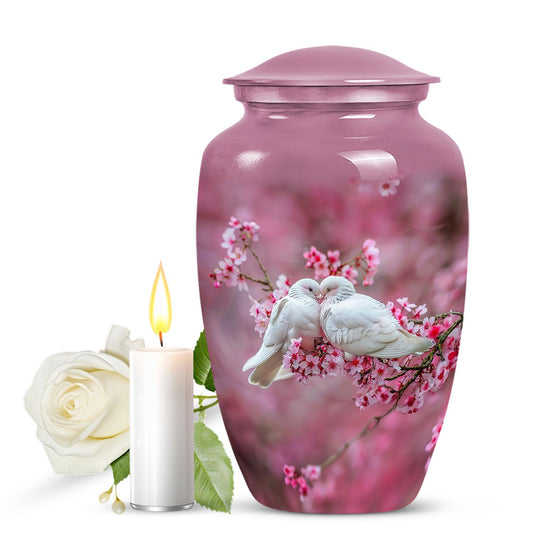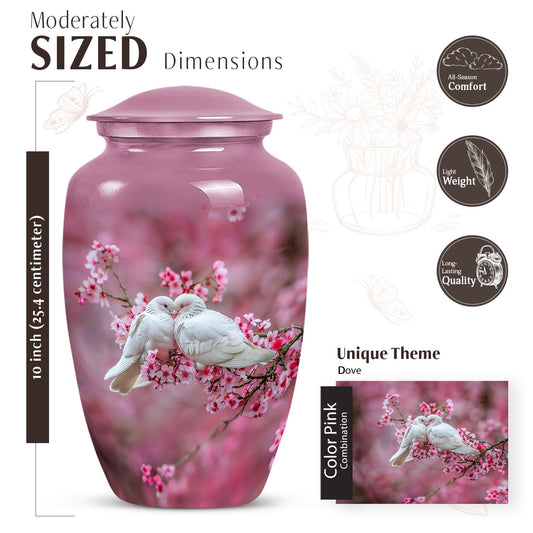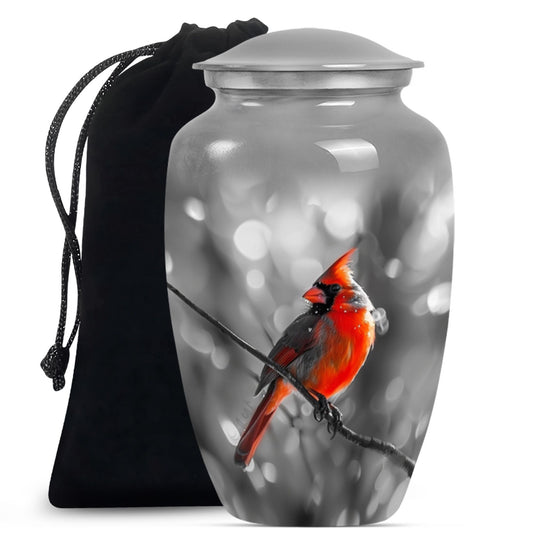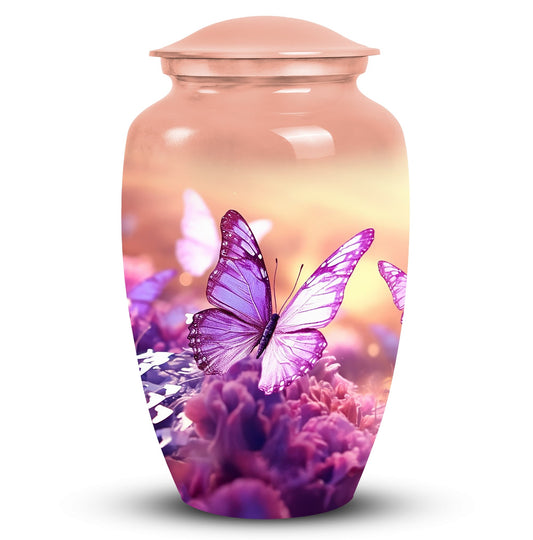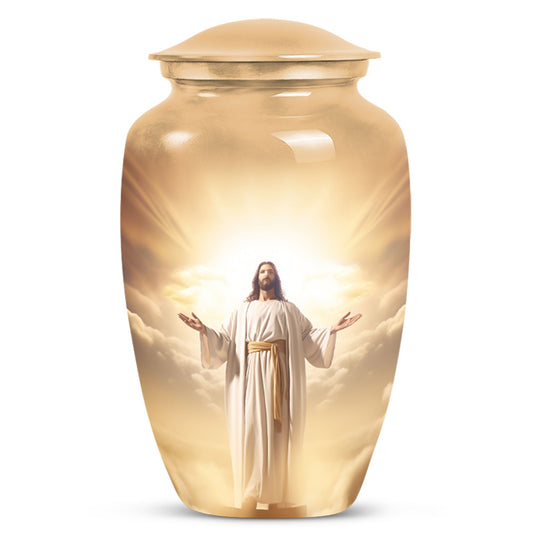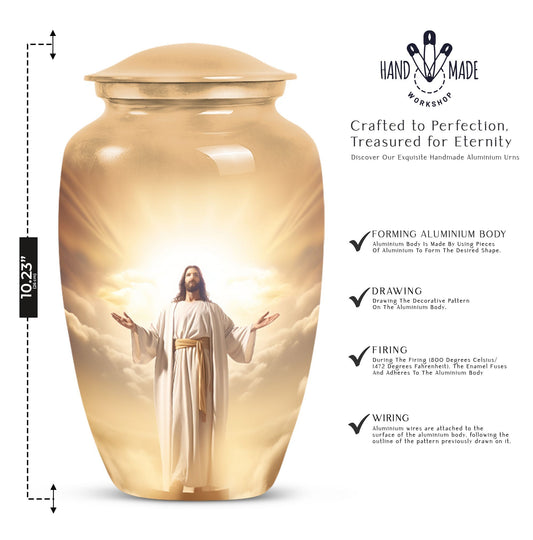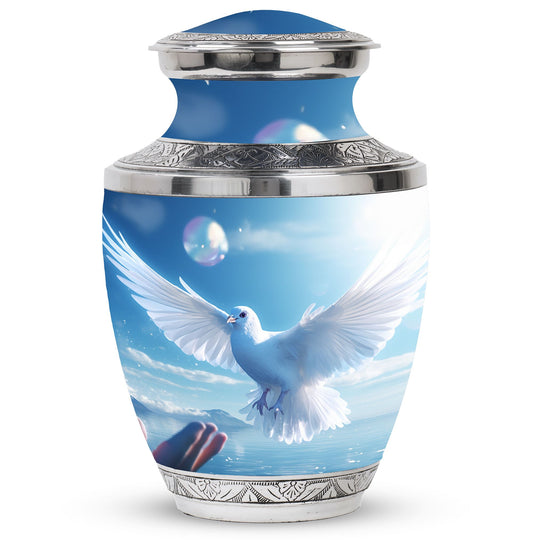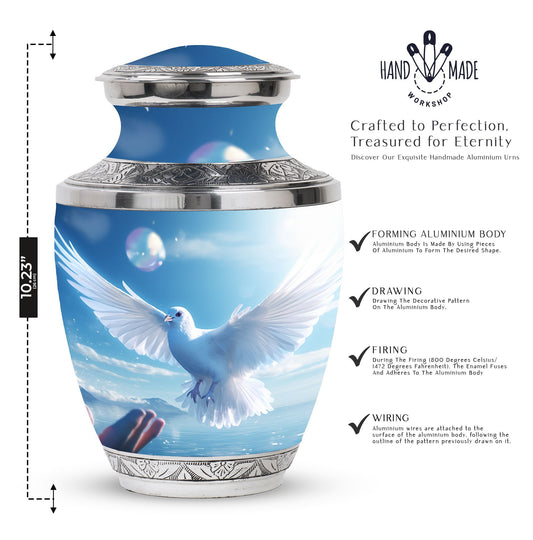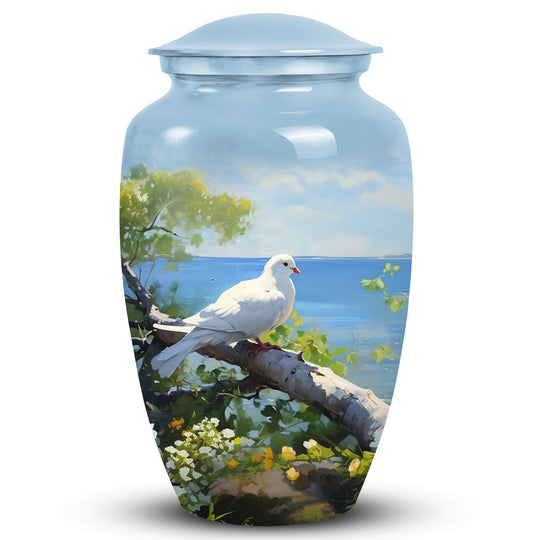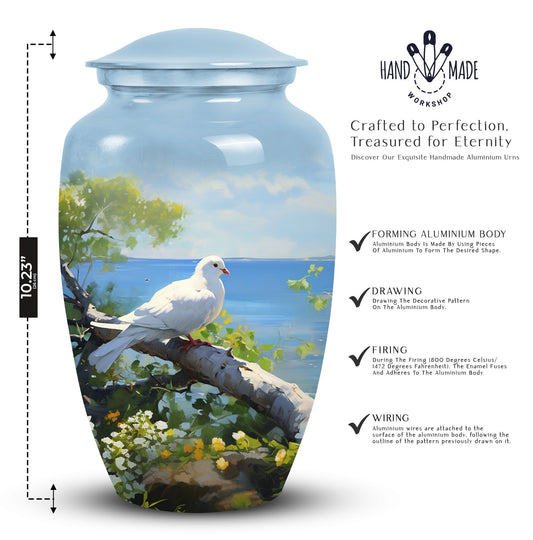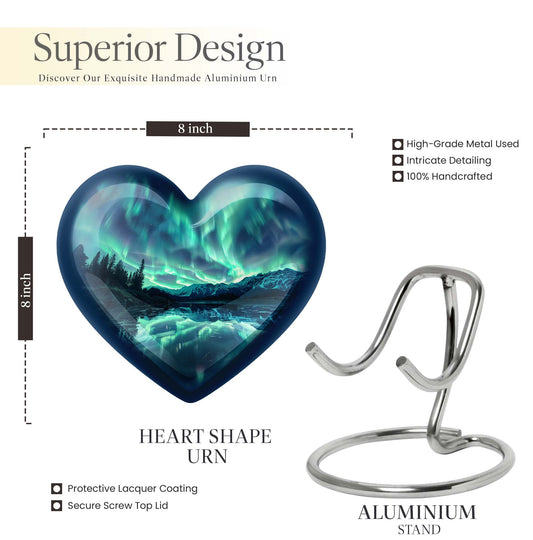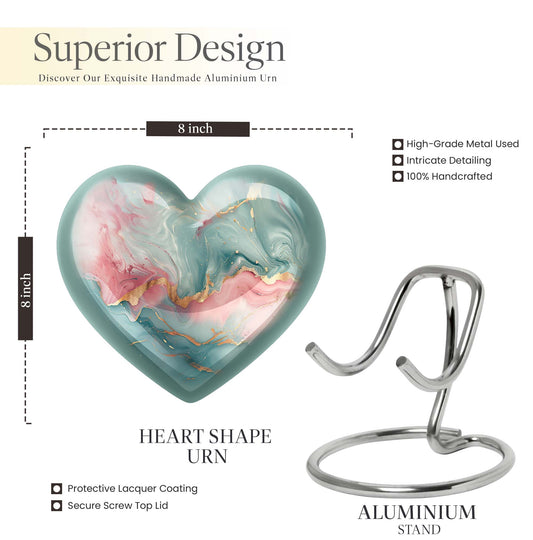Popular Urns
Understanding the Journey of Urns After Burial in a Cemetery

A loved one's cremated remains can be placed into an urn and finally buried in a cemetery - choices that are intimate and personal. This many times acts as a burial place, being a site where family and friends can come to pay respect, remember, and reflect on the lives of those who are gone. Of course, then there's the question of where those urns go once they are in the cemetery.
Process Burial
An urn is normally placed in a cemetery, housed in a grave, which can be a traditional plot, or in a columbarium niche. The grave is usually dug to accommodate an urn, and the size of it dictates its proportions; many families prefer burial vaults to ensure an urn's safety from encroaching dirt as well as stability. They are made of either concrete or metal. In addition, they will also avoid letting the land above settle in the future.

Does The Container Decomposes With Time?
Another myth is that the container itself decomposes; one thinks that it will actually literally rot away with other organic matter. The fact of the matter is that most urns are made up of solid materials which can be ceramic, metal, or biodegradable material. While biodegradable urns are designed to break down, traditional urns are a long-term productions, perhaps staying there in the ground for hundreds of years. This works just fine for families to have a permanent object where future generations can pay their respects to.
How To Practice Memorialization and Commemoration Then?
The site of an urn interred may become a memorial site. Families can place a headstone or marker, including the name and dates of birth and death. A personal message may be included with the headstone. This again becomes a visual marker to the place of rest and once more serves as a connection point for family and friends. Some cemeteries also provide options for memorial experience that include an engraved plaque, a bench, or even a tree.
Build Columbarium Niches-
The niches are a collection of spaces in the columbarium. Essentially, these are designed for holding urns, which help preserve the ashes. The niches are placed alongside each other and usually occupy two rows. Basically, niches are available in the columbarium and occupy two rows, in which 20 niches are found on each row.Others choose above ground placement where urns can be placed in a columbarium- a structure that contains several niches for cremated remains. Niches are often marked with plaques or engraving to be customized and contribute another source of memorialization for families. Columbaria are often located within serene garden-type settings in a cemetery that allow for private reflection.
Keeping In Mind The Environmental Concerns
There has been greater sensitivity to the environmental issues surrounding the burial in the past decades. As responses to these, biodegradable urns have been emerging as the new trend. They can be prepared from sustainable products and are made biodegradable into the earth, sometimes even to give way to a seed that can grow a tree or plant. It encourages the concept of life after death and may help create a living memorial that would then become part of the asset in the ecosystem.Visitation and Memories
Over time, family members would come to the grave site or columbarium niche to pay their respects. Cemeteries would generally maintain these sites so that they would be kept dignified and accessible to others. A few visitation rituals are even designed around these tours as the opportunity to share stories and celebrate the person's life can be used.

In short, a cremation urn interred into the soil of a cemetery could stay there for many decades or even centuries as a memorial for the deceased. Whether buried in a grave or kept in a columbarium, they afford families some space to remember and reconnect with their loved ones. Like the social practices associated with urn use and mortuary mourning, attitudes toward death and remembrance evolve and grow in depth over time.
ALSO READ:
The Real Cost Of Organizing A Funeral


